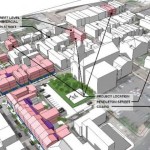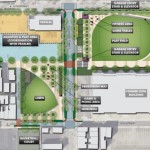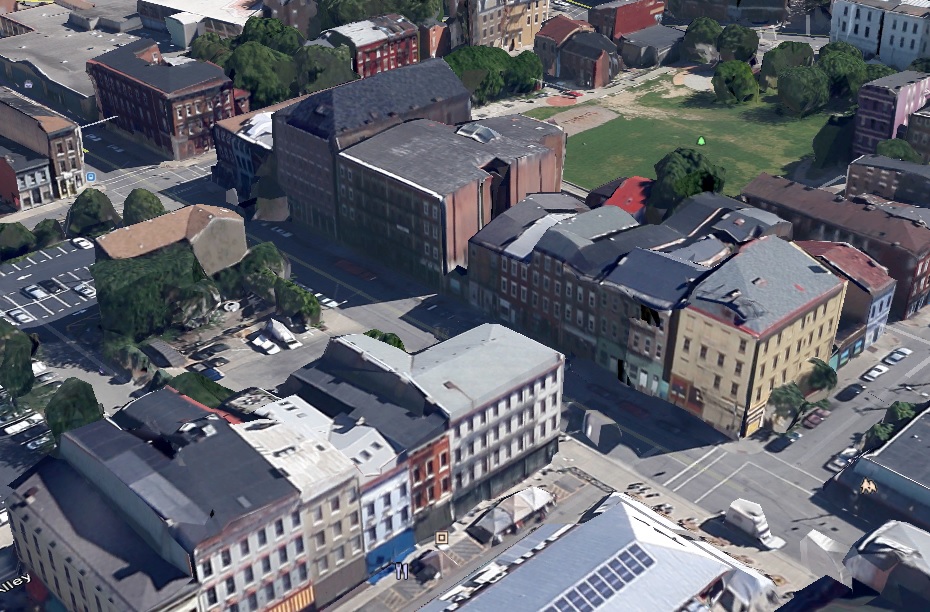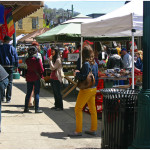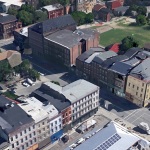Despite missing out on millions of dollars in state historic tax credits, Model Group is moving on undeterred with the next phase of work at Broadway Square.
Project officials say that the $30 million Broadway 3, which is actually phase two, should get started within the next week and will include 30 residential apartments and 1,200 square feet of commercial space.
“It’s a pretty sterile scoring system, so it’s pretty fair and to the point,” Bobby Maly, Chief Operating Officer at Model Group, told me when asked about missing out on the tax credits.
Undeterred, Maly then quickly changed to a more positive note and spoke about how Model Group is excited about the changes on tap for nearby Ziegler Park.
“Anytime you can create high quality green space that is safe and programmed is terrific,” Maly said. “Even the planned parking can be helpful for a high density neighborhood like Pendleton.”
One of the big differences about Broadway Square from the other developments taking place in Over-the-Rhine is that it has a different and unique setting. As many longtime residents know, Pendleton is less a district, and more of a pocket neighborhood.
To that end, he says that Model Group’s Broadway Square project is trying to not recreate what is happening on Vine or Main, but rather create a nexus that has a high concentration of professionals and niche businesses in a “high energy” environment.
So far the first phase of Broadway Square has lived up to that motto by attracting a collection of small, creative businesses, along with Urbana Cafe’s first brick-and-mortar location and the recently opened Nation Kitchen & Bar. While this next phase of work will have considerably less commercial space, Maly says that they have their eyes set on a small brewery for the corner of Thirteenth and Broadway Streets.
With apartments in Downtown and Over-the-Rhine at nearly 100% occupancy, and the first phase of Broadway Square fully leased within months with new marketing, the climate seems even better for the 30 new units this investment will bring online.
“There’s so much demand for Downtown and Over-the-Rhine right now that Cincinnati is still catching up with demand in that regard,” said Maly. “This is still more the beginning, than the middle or end.”
With work expected to get started soon on phase two, project officials say that the third and final phase could break ground as soon as January.

